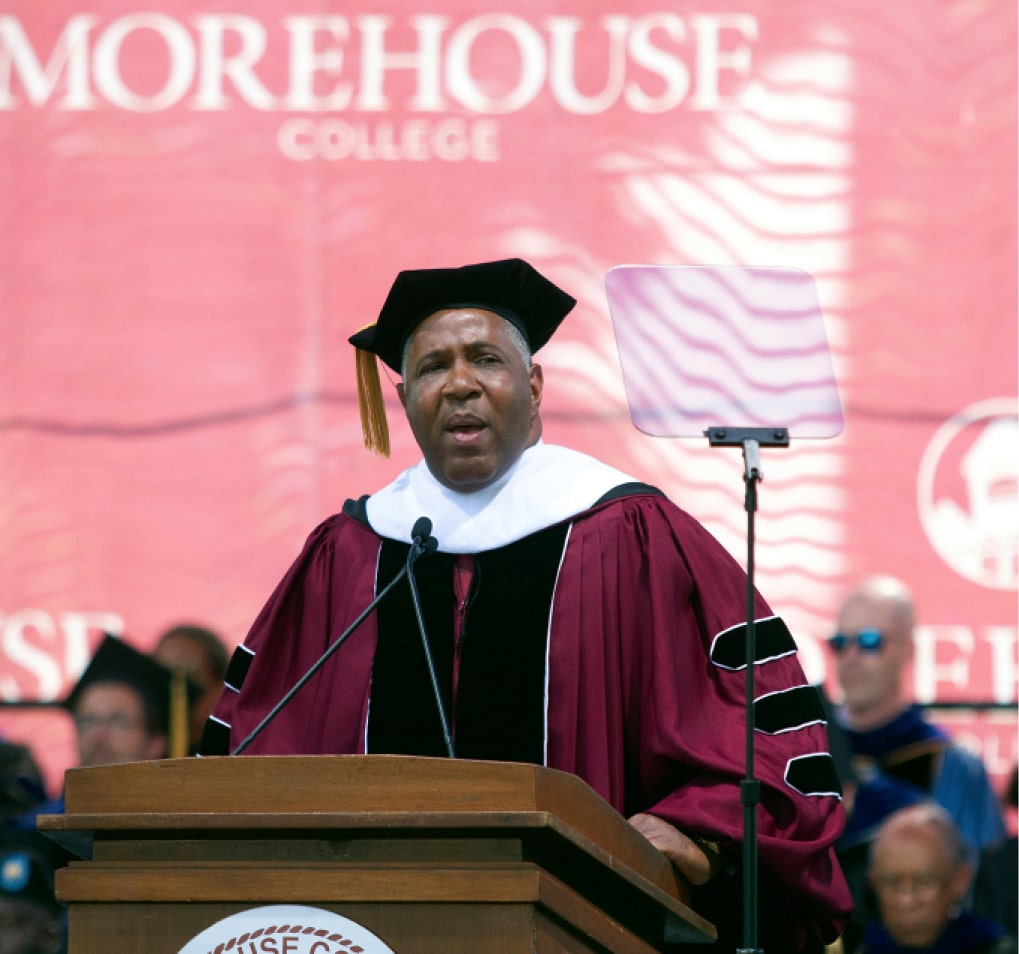November 8th marks National STEM/STEAM Day, a day encouraging students to explore their interests in science, technology, engineering, art and mathematics.
In the early 2000s, studies found that students from the United States were underperforming in science, technology, engineering and math when compared to students from other countries. In particular, a 2005 report from the National Academy of Sciences, the National Academy of Engineering and the Institute of Medicine showed the link between prosperity and jobs dependent on science and technology knowledge. The study also showed that U.S. students were falling behind students in other countries in these fields. These findings helped raise the importance of STEM education.
However, the U.S. still does not lead the world in STEM/STEAM education. For example, out of the 40 most advanced countries, the U.S. ranks number 38 in the number of graduating science majors. And a report by Georgetown University’s Center of Security and Emerging Technology found that over the past decade China steadily increased the number of doctorates awarded in STEM fields — awarding nearly 50,000 PhDs in STEM fields in 2019, compared to only 34,000 awarded from U.S. universities.
Representation in STEM Careers
In addition, diversity in STEM fields remains a challenge. A 2021 Pew Research study also found that Black and Hispanic workers remain underrepresented in the STEM workforce, and continue to make up a lower percentage of STEM graduates, compared to the rest of the population. Further, women and women of color are underrepresented or unevenly represented in these fields. While you see a majority of women in health-related jobs, they are not seen in large numbers in physical sciences, computing and engineering, according to the Pew study.
Diversity in STEM can ultimately benefit the country. A more diverse workforce allows for more innovation, as people from different backgrounds can bring different solutions to a problem. A lack of diversity in STEM fields can also make it difficult for future students of color to feel like STEM careers are accessible to them, creating a barrier to entry.
Increasing diversity in STEM not only fosters a culture of inclusivity, but is also important to help the U.S. remain an innovative workforce.
Increasing Diversity in the STEM Workforce
Robert F. Smith has spoken on the value of STEM education and diversity in the science-related workforce.
“You have to create a workforce process and a workforce environment that makes people feel not just invited to the party, but also asked to dance. It’s a matter of necessity more than anything else,” Robert F. Smith said in a Business Insider interview.
To help increase diversity in STEM fields, Smith funded STEM scholarships for African American and female students at Cornell University, his alma mater. After a $20 million donation from Smith, Cornell’s School of Chemical and Biomolecular Engineering was renamed the Robert Frederick Smith School of Chemical and Biomolecular Engineering. Fund II Foundation, of which Smith is the founding director and President, matched Smith’s donation in order to expand the educational and career opportunities for Black and female students in the STEM field.
Smith also provided an additional $10 million donation to fund a tech fellowship program, named the Robert Frederick Smith Tech Scholars Program, which helps financially support African American and female Cornell students’ educational ventures. This enables these students to pursue an engineering degree at Cornell’s campus in Ithaca, followed by a master’s degree at the Cornell Tech campus in New York City.
In addition, to help diverse students secure quality careers — including in STEM fields — the Fund II Foundation established the internXL program, which matches students with top business and STEM companies for placement in well-paid internships. The hope is by introducing students to educational, experiential and social opportunities in the STEM arena, more of them can establish careers with STEM companies. Robert F. Smith experienced similar opportunities as a young intern at Bell Labs and inspired him to pursue his own education and career in tech. It’s through efforts such as these, for students working to complete their degrees, and for students who are just graduating from STEM and STEAM-focused programs, that we can help inspire more diversity in the field.
Learn more about how internXL is boosting career opportunities for diverse students. And learn more about Smith’s time at Cornell and his experiences in tech as a student and entrepreneur.







